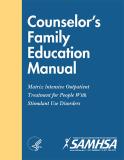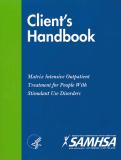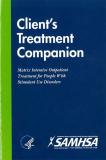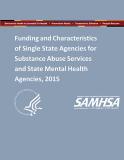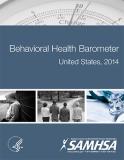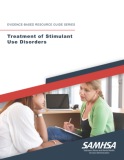
This guide supports health care providers, systems, and communities seeking to treat stimulant use disorders. It describes relevant research findings, examines best practices, identifies knowledge gaps and implementation challenges, and offers useful resources.
Units per Product
Download
Treatment of Stimulant Use Disorders
File Type: PDF
File Size: 17.29 MB


